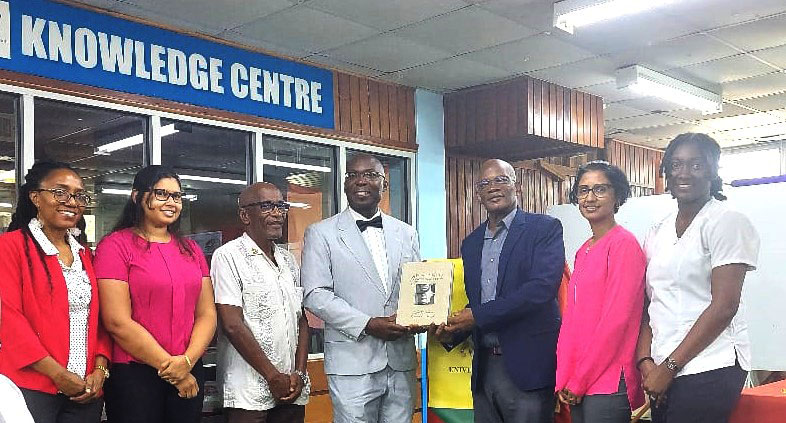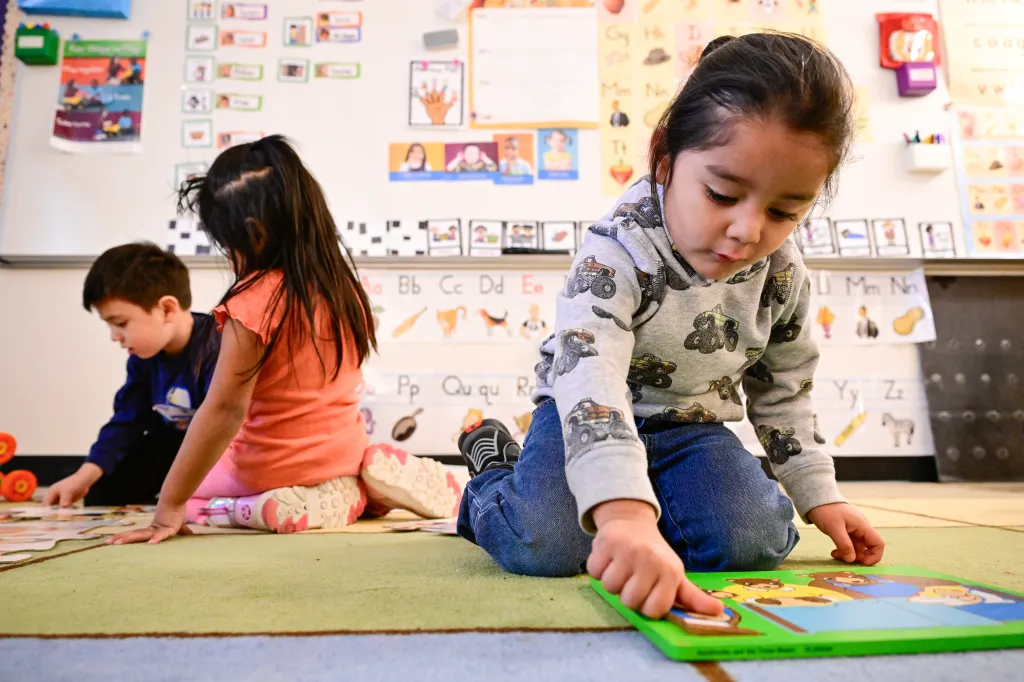Copyright Forbes

When people think of artificial intelligence as a tool for companies to profit, they expect to lose. That perception is shaping how workers around the world experience automation — with anxiety instead of confidence. And as new data shows, fear often rises fastest where AI is already part of everyday work. Why Workers Fear AI — and Who They Believe It’s Working For Employees in countries with the highest AI adoption are also the most fearful about what it means for their jobs, according to Mercer’s HR Technology’s Impact on the Workforce: Special AI Edition (2025). In the UAE, for example, 85% of workers already use AI in their daily work, yet nearly half say they’re reluctant to try new technologies because they fear being replaced. Mercer calls this the proximity paradox: the closer people are to AI, the more they fear it. But one country breaks that pattern — Singapore. Instead of treating AI as a corporate efficiency tool, Singapore built a national AI strategy that makes it everyone’s opportunity. There, AI isn’t something that happens to people; it’s something built with them. Because AI isn’t just a technology transformation — it’s a people transformation. When AI is seen as a tool in the hands of companies, people resist it. But when it’s in the hands of society, they learn it, use it, and trust it. When AI Adoption Feels Like a Corporate Project Over the past year, a growing number of companies have announced layoffs framed as “AI efficiency.” Amazon’s latest round cut roughly 14,000 corporate roles while accelerating its investment in AI. Microsoft’s most recent announcement reduced about 9,000 positions, citing productivity gains from new AI tools. And across the U.S., employers have announced more than one million job cuts so far this year — a 65% increase over the same period last year and the highest level since 2020, according to Challenger, Gray & Christmas. MORE FOR YOU With every headline, employees hear the same message: AI is good for business, bad for people. When that’s the story, fear becomes a rational response. The more AI feels like a management project, the harder it is to convince the workforce to help build it. Workers resist change not because they can’t adapt, but because they don’t trust that adapting will benefit them. When AI Becomes a National Strategy Now contrast that with Singapore. In Singapore, AI isn’t sold as an efficiency tool — it’s built as a shared national project. The government’s Smart Nation 2.0 strategy frames AI as a public good. Its goal isn’t just to drive innovation; it’s to ensure every citizen has a place in an AI-enabled future. Through the SkillsFuture Level-Up Programme, every Singaporean aged 40 and above receives a lifelong S$4,000 training credit — with no expiry — to reskill or upskill for the next chapter of their career. There’s even a monthly allowance to support full-time learners who take time off work to study. At the same time, the government is helping small and medium-sized enterprises adopt AI responsibly through SMEs Go Digital, with a target of supporting 15,000 businesses. By doing this, the country changes the emotional equation around AI. It shifts the story from “AI is replacing me” to “AI is something we’re all learning to use.” And the results show. According to Mercer’s report, Singapore stands out as one of the few countries where high exposure to AI does not correlate with high fear. Despite being among the world’s most advanced adopters, its workforce reports lower anxiety about automation and higher confidence in their ability to adapt. The difference isn’t cultural — it’s structural. When AI is introduced as part of a national plan for skills, trust, and inclusion, people don’t brace for impact; they lean in to participate. The Real Divide in AI Isn’t About Technology — It’s About Trust If your organization’s AI efforts aren’t producing the impact you hoped for, it may not be the tools that are missing — it’s the trust behind them. Singapore’s model shows that when governments take the lead — investing in AI skills, access, and guardrails — AI becomes a collective asset, not a competitive weapon. For organizations, it offers a glimpse of what a whole-of-society approach to AI can look like. It’s not perfect, but it reframes AI as a form of infrastructure — as essential to human progress as education or healthcare. That framing matters. When AI is owned by society, people want to learn it. When companies lead with layoffs and cost savings, they teach employees to protect themselves, not participate. But the private sector doesn’t have to be left out of this vision. Companies can still follow the essence of Singapore’s approach by making AI an all-of-us project: bringing employees into the design, sharing the benefits, and investing in the skills that make people part of the transformation, not casualties of it. Because when AI implementation includes everyone — not just the few who can afford to automate others — it changes everything. The more people feel AI is in their hands, not against them, the faster we’ll move from fear to fluency, from resistance to reinvention.



